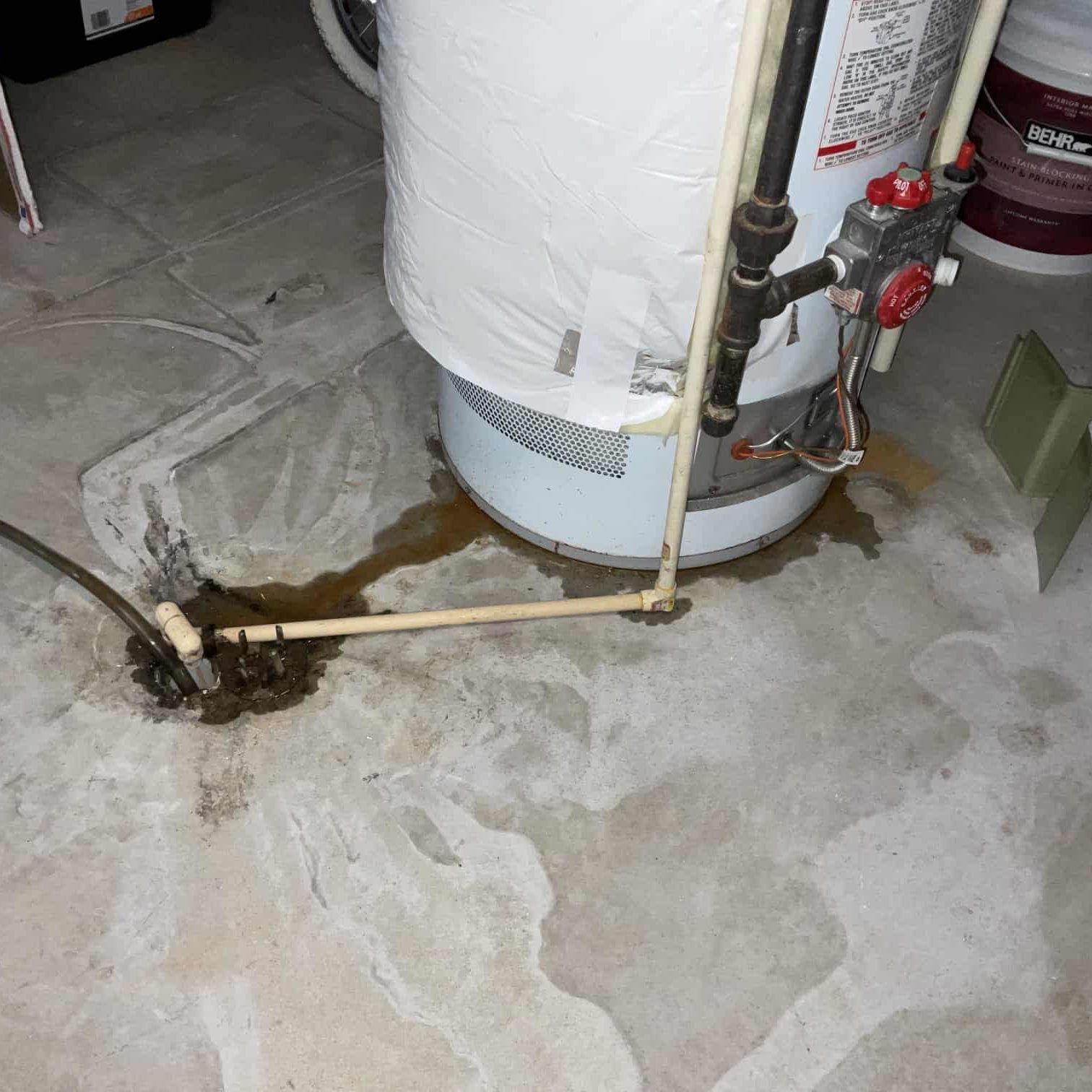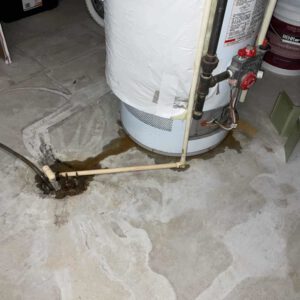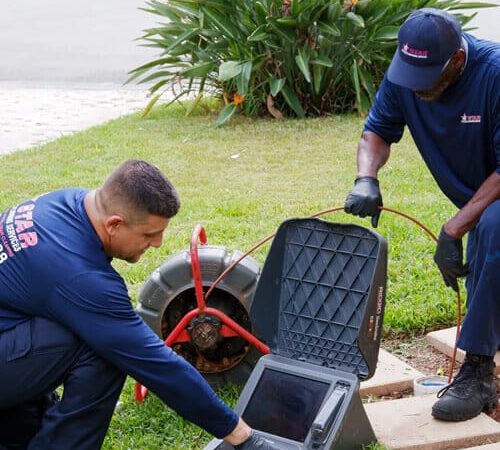Hot Water Heater Repair Basics

A professional plumber can help you make a decision whether to repair or replace your Hot Water Now Heater. Some issues, like a broken heating element or faulty pressure valve, are easy and inexpensive to fix.
Other issues, like a broken dip tube or rusty water heater tank, can be more expensive to fix. However, some repairs might not cost you anything if your Hot Water Heater is still under warranty.
The sacrificial anode rod is what protects the steel lining of your water heater tank. It’s a temporary metal core wire with magnesium, aluminum or zinc around it. Eventually, the rod will corrode and need to be replaced. This is how it works: the negative electrons in your water will be attracted to the anode rod instead of the iron or steel lining of your tank. The anode rod will erode faster than the steel lining, leaving it bare and needing to be replaced.
Anode rods are most often located on the top of the water heater, though they can be found on the bottom or sides depending on the unit. You’ll need to consult your manual to find out where the anode rod is located on your model. Once you do, locating and removing it should be fairly easy. Most are locked in place with a hex nut. Loosening it with a crescent wrench, channel locks or a socket wrench should allow the rod to pull straight out.
If you notice a foul odor or discoloration of your hot water, it may be a sign that the anode rod is corroding and needs to be replaced. The odor is the result of hydrogen sulfide bacteria, which form when decaying rocks and soil find their way into your home’s water supply. Swapping the anode rod for one made from a zinc-aluminum alloy will solve this problem.
To replace the anode rod, first turn off your water heater. You’ll want to drain your tank, too, so that you don’t damage the lining of the cylinder. You can also drain the water heater using the valve at the bottom of the tank. Once the tank is empty, a plumber can access the anode rod by unscrewing it from the hex head. You can use a spray lubricant to help remove the rod if it is stuck due to corrosion. Once the rod is removed, you should be able to see if it’s corroded or pitted. If you’re not sure whether the rod is corroded or not, you can test it by measuring the electrical resistance between the end of the anode rod and the fitting it threads into. You should have close to zero resistance, or “zero ohms,” to be certain that the rod is providing sacrificial protection to the tank.
Dip tube
As its name suggests, the dip tube draws cold water into the tank from below and helps to prevent sediment from building up on the heating elements and bottom of the tank. It also allows for a more rapid heating process. A malfunctioning dip tube can significantly reduce your supply of hot water and cause other problems, such as clogged faucets.
Dip tubes are made of plastic, and they erode quickly because they are constantly submerged in water with various temperatures and impurities. This causes rust and corrosion, which can damage your hot water heater and other components. Replacing your dip tube can help extend the life of your water heater. It’s a simple task that you can do yourself without the cost of hiring a plumber.
Before beginning the job, shut off the water heater and disconnect the line that supplies cold water to it. If you don’t do this, you may be electrocuted while working on the heater. Next, drain the water heater. Close the valve at the bottom of the tank and attach a garden hose to the drainage port on the bottom. Run a hose from the hose to a floor drain or sump pit to drain the tank.
Once the water heater is drained, you can remove the dip tube. On the top of the tank, there is a pipe nipple and connector. The nipple is threaded; turn it counterclockwise to remove it. Once the nipple is removed, you can begin to replace your dip tube.
You can get a new dip tube from your local hardware store or online. Before replacing the dip tube, you should make sure that it is the correct size for your heater. Also, you should make sure that the replacement is made of durable material, such as cross-linked polyethylene PEX.
Once you have the new dip tube, connect it to the nipple and the connector. You should also use a wrench to tighten it. Finally, reconnect the line that supplies the water to your heater and open the hot water faucet in your house. This will release any air trapped in the tank. After this, you can turn on the water heater.
Pressure valve
The pressure valve is one of the smallest parts on your Hot Water Heater, but it’s very important. It prevents the water heater from building too much pressure and bursting its tank or, even worse, blowing up your house. It also protects your plumbing and fixtures from excessive water pressure.
The valve works by controlling the amount of pressure inside the system through an adjustment screw. When the pressure reaches too high of a level, an inner mechanism is activated that narrows the diaphragm and reduces the flow of water. When the water pressure drops, the diaphragm expands and allows more of the water to pass through.
A faulty pressure relief valve can result in excessive water pressure, which can cause damage to the plumbing and fixtures installed downstream of the valve as well as damage the tank itself. If you suspect your pressure relief valve is faulty, it’s best to have a professional inspect and replace the part.
This is a fairly easy repair for a professional to make, but you may want to consider hiring a plumber with experience working on gas water heaters. The reason for this is that if you are dealing with a gas water heater, there are real dangers involved. You will need to turn off the gas, let the water heater cool and then replace the valve.
The water pressure valve is usually located on the top of the tank and has a metal or plastic discharge tube that points up. It is important to know the water temperature of your hot water heater before you replace this component, as it should be set between 120degF and 140degF. Anything lower will result in bacterial growth while anything higher could cause scalding.
If you’re considering replacing your Hot Water Heater, contact the experts at Newcomb and Company to help you reach the right decision. We’ll help you determine whether a repair or replacement is the best option for your home and your budget. Our licensed experts will also ensure your warranty stays intact so you can get the most from your investment.
Thermostat
Thermostats are essential in hot water heater repair because they allow for a safe operation and prevent overheating. They are also an early warning system, as they can indicate a problem before it actually happens. If you are experiencing problems with your hot water heater thermostat, a licensed professional will be able to diagnose the cause and fix it quickly.
Most tanks have two thermostats, one for the upper heating element and one for the lower heating element. The lower thermostat handles most of the heating, and the upper thermostat kicks in when there is a heavier load. If either of the thermostats goes out, you will notice that your showers aren’t as hot as they used to be or that you run out of hot water after just a short time of use.
In some cases, the issue may be that your tank isn’t sized for your household. In this case, a new tank would be the best option. But sometimes it’s just wear and tear from age. This can happen over time, and if your tank is visibly corroded, you may be in need of replacement sooner rather than later.
Before you perform any tests on the thermostat, you should make sure that the breaker hasn’t been tripped. If it has, switch it off and then on again. Also, ensure that you are turning on the right breaker for your heater. Once the breaker is on, you can start your test.
Start by locating the upper and lower thermostats on your unit. Then, open the access panel and remove the insulation and safety guard. Next, you can take the top off of your unit and see if there is power to the upper thermostat. Then you can replace the thermostat if it’s faulty.
Though you can complete many repairs yourself, it isn’t a good idea to work on your hot water heater. These units are dangerous and require a lot of electricity. You can get electrocuted if you are not careful. Moreover, the manufacturer’s warranty will only be valid if you have a licensed professional perform the repair.


